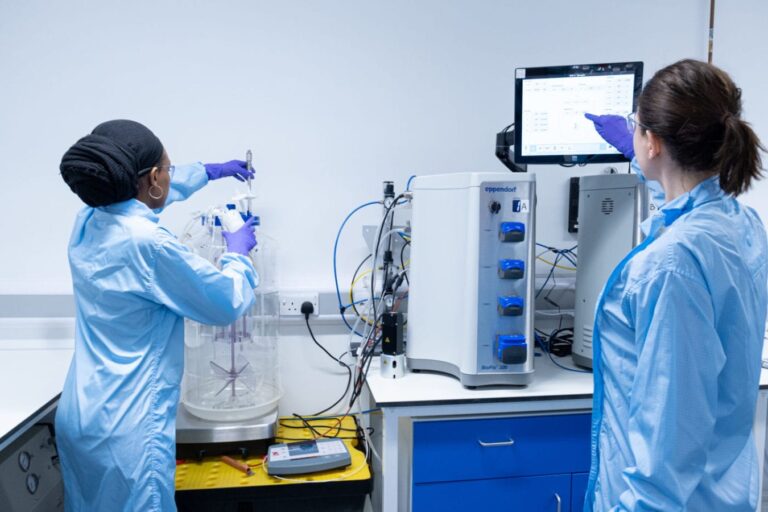
R&D: The need for detailed record-keeping
R&D record keeping
As the increased level of HMRC compliance activity continues, it is clear that HMRC’s expectations of claimants has increased. Alongside the new benchmark for supporting information set by the Additional Information Form (AIF), it’s evident that further detail is expected by claimants to demonstrate how their claim qualifies for R&D tax relief.
Enquiries from HMRC can be time-consuming, so ensuring R&D records are maintained to support the contents of an R&D claim can ultimately ease the pressure when responding to HMRC’s questions regarding a claim’s eligibility for R&D tax relief.
A common theme which has been observed from HMRC’s compliance checks relates to the need for detailed record keeping to support an R&D claim. HMRC’s manuals (CIRD 80560 and CIRD 80570) outline the types of records and the level of detail that might be expected to support an R&D claim, but some further, more specific areas are examined below.
R&D project record keeping
In determining the qualifying nature of an R&D claim, HMRC will firstly look to identify the presence of an R&D project (a project seeks to achieve an advance in science or technology) and will then look to ensure the boundaries of the project have been accurately defined.
In line with HMRC’s manuals, records to demonstrate R&D project timelines, scientific or technological advances sought, and scientific or technological uncertainties faced provide the basis for a qualifying R&D claim. Such records ultimately will define the scope of the R&D projects, in line with the descriptions featuring within the Additional Information Form (AIF) and the R&D expenditure being claimed. Further, maintaining records in real-time will ultimately allow the required level of detail to be more easily captured, when compared with reviewing the contents of a project to prepare an R&D claim following the end of the accounting period.
In addition, project record keeping allows the identification of specific costs and can ensure claims have been correctly quantified. By recording detail to attribute costs to specific R&D activities and R&D projects, including detail where any apportionments are made, robust claim methodologies can be achieved, minimising errors and can ultimately ensure the boundaries of R&D have been effectively captured. Where assessments are included within a claim’s financial analysis to distinguish between qualifying R&D and non-qualifying routine expenditure, specific records can be particularly useful. For example, when considering staff costs, employee time-records or specific project records (for example, including details of specific phases or tasks undertaken) will ultimately aid in ensuring the scope of qualifying activity has been accurately established.
Finally, detail on the project’s competent professionals should be captured and included to support an R&D claim. Details of an individual’s relevant education, qualifications, skills and experience should be documented to demonstrate how the uncertainties faced in an R&D project could not be deemed ‘readily deducible’ or easily achievable by another professional working in the field.
Record keeping for contracted-out R&D and overseas R&D
With a range of new rules surrounding contracted-out R&D and overseas R&D, it is likely that HMRC will seek to explore a company’s application of the new rules. As such, ensuring detailed analysis has been undertaken to establish the position with respect to the new rules will be key to the preparation of a robust R&D claim. It is reasonable to expect that detail of this analysis would be required to satisfy HMRC’s queries in the event of an enquiry, so proper consideration of the rules and their application to the R&D projects being claimed should be documented.
Examples of the records which might be expected could include evidence to show how the overseas restriction has been met or an analysis of the contracts between a company and its clients and contractors to present a more complete understanding of the relationship between the parties. HMRC have outlined a range of ‘surrounding circumstances’ regarding contracted-out R&D which it expects claimants to consider in the round when establishing a company’s eligibility to R&D tax relief.
To discuss whether your R&D record keeping is in line with HMRC’s expectations, please contact Rob Waterhouse.
Written by











